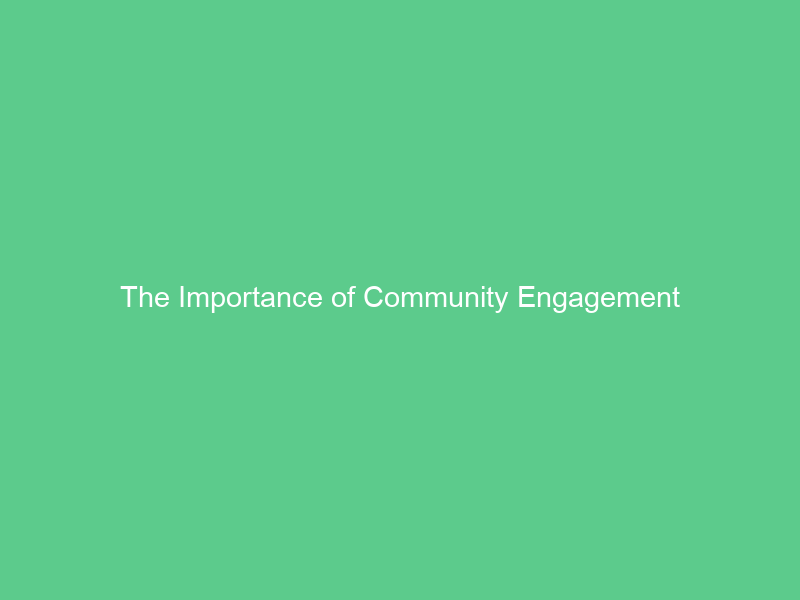Community engagement involves gathering community members together to address issues, build trust between members, and empower communities to find solutions. When properly implemented, engagement can lead to increased social equity and inclusion as well as improved decision-making outcomes as well as stronger partnerships, accountability and ownership for everyone involved.
Effective community engagement requires engaging in various activities. These may include:
1. Listening
Listening is at the core of successful community engagement. It helps develop trusting, two-way relationships that benefit communities and organizations alike, while at the same time understanding unique obstacles people are encountering on their journey to be healthy, safe and resilient.
Engaging all community stakeholders in an active listening process is vital to building trust and understanding between communities. This can be accomplished via public meetings, surveys, social media posts or any other method.
Reimbursing community members for their time and expertise is one way to facilitate this. Doing so also shows transparency and democratizes participation, enriching feedback quality while strengthening bonds between organizations and community members for impactful social change. Using tools like EngagementHQ can streamline this process so organizations can efficiently analyze all collected data.
2. Involvement
Engaging the community effectively requires meeting its needs while offering them opportunities to build relationships, trust, and understanding. This may involve public meetings, open dialogue forums, surveys or any other method that allows all voices to be heard and represented equally. When selecting engagement methods it’s essential that existing power dynamics are taken into consideration so all voices can be heard and represented appropriately.
Establishing SMART objectives for your engagement activities is the foundation of effective community engagement activities. Your objectives should be specific, measurable, attainable, relevant and time-bound – use social network analysis (SNA) software tools to map your community stakeholders and identify key influencers or connectors.
Engaging community members through effective feedback systems is also integral to developing community engagement. This could involve anything from an internal update system like Slack or Google Drive to conducting regular surveys with participants.
3. Transparency
Government organizations and public decision makers who actively solicit community feedback allow communities to voice their dreams, concerns and values – creating better results for all while building trust in administrative actions taken on their behalf.
Transparency requires full accounting of any conflicts of interests that could potentially sway decisions made, actions taken, or decisions made that place personal gain ahead of community needs. Furthermore, community engagement activities should be conducted without bias.
Building transparency involves regularly sharing updates about the status of projects or initiatives. A newsletter or website updates are an effective way of doing this; they can also be included into events, meetings or collaborative projects.
4. Accountability
Community engagement can be an invaluable resource for governments, corporations, nonprofits and education institutions – as well as communities themselves – alike. It involves working collaboratively with groups of people (whether linked by geography or shared interests) to identify and address any issues which impact their wellbeing.
Establish strong long-term relationships with community members by offering resources and content relevant to their interests and needs. Doing this will build trust and increase participation.
Make sure your promises are kept by communicating openly and regularly with community stakeholders, providing accurate information about projects or decisions, and soliciting feedback regularly through public meetings, workshops, surveys or webinars. This is an essential best practice to ensuring community engagement success.
5. Long-Term Relationships
One of the key aspects of community engagement is building long-term relationships, whether this means creating and maintaining an online feedback system or simply maintaining communication channels post project implementation.
Make sure that your outreach efforts reflect the unique nuances, histories and power imbalances of your community by taking part in cultural sensitivity and diversity training. Furthermore, consider social network analysis (SNA) to identify key members with whom to develop relationships – using metrics like centrality and betweenness to identify your most influential network members and find out how you can reach them.
Engaging with community involvement is an involved and complex endeavor, necessitating multiple models and frameworks in order to be effective. By drawing upon such resources, businesses can develop tailored strategies more likely to reach their desired objectives.

